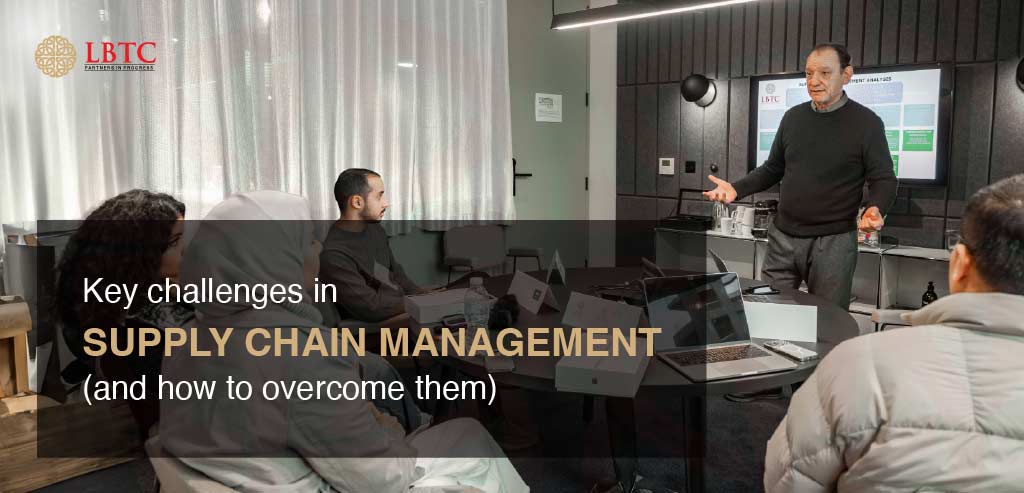
Ever wonder how your favourite pair of shoes or a cereal box seems to materialise on your doorstep? All of this is possible because of a sophisticated network known as the supply chain—the unsung hero of world trade. However, supply lines might encounter hiccups and diversions, just like your daily journey.
Recent occurrences such as the influenza and the conflict in Ukraine have highlighted these complex systems’ weaknesses.
The New Supply Chain Management Reality
Supply chains nowadays deal with a special set of difficulties. Consumer needs are changing more quickly than ever before, but on the one hand, we want things fast, easily, and frequently with only a button click. Conversely, unanticipated disturbances such as pandemics and geopolitical wars have the potential to cause havoc in even the most smoothly running systems.
What, then, are the main challenges faced by supply chain managers? Below is a glimpse of the typical challenges:
Dangerous Venture:
The global market is unpredictable, with issues ranging from trade conflicts to climate change. Demand fluctuations, shortages of raw materials, and constantly shifting rules can all impede the efficient movement of commodities.
The Game of Waiting:
Global supply chains are extremely long, and goods frequently travel more than halfway around the globe before they are in your hands. Longer lead times result from this, therefore unforeseen delays may have a big influence on delivery timelines.
Budget Crunch:
Everything from shipping to raw supplies has become more expensive.
Supply chain managers need to become cost-control ninjas in order to keep companies afloat and products affordable.
Data Predicament:
Managing data throughout a complicated supply chain can resemble a maze-like web of information. Real-time data access is essential, but with so many moving components, it can be difficult to keep everything accessible and organised.
Freight Madness:
The increase in e-commerce has increased freight costs by taxing shipping resources. Moving goods becomes costlier as a result, which affects both consumers and businesses.
Demand Prediction Cloud:
Demand prediction used to be a science, but even the most advanced forecasting algorithms have been thrown off balance by recent upheavals. Effective planning of production and inventory levels is hampered by this.
Tango of Tech Transformation:
Increasing supply chain efficiency requires a digital change. AI, robotics, and the Internet of Things (IoT) are examples of technologies with enormous potential. It can be a difficult dance, nevertheless, to integrate these technologies with the current infrastructure.
Port Purgatory:
Heavy traffic at large ports can drastically impede the flow of cargo.
Many things, such as a lack of labour and inadequate infrastructure, might contribute to this.
Creating an Even More Robust Future
Although these difficulties may feel overwhelming, there is good news! Companies are putting a lot of effort into developing supply networks that are more robust and resilient.
The following are some tactics that are becoming more popular:
Army of Automation:
Adopting automation helps reduce stockouts, optimise inventory levels, and streamline procedures.
Working Together Is Essential:
The days of operating in silos are no longer seen. For supply chain management to be effective, companies, suppliers, and logistics providers must work together continuously.
View Everything:
It is crucial to have complete visibility across the supply chain.
This entails keeping an eye on inventory levels, tracking shipments, and doing data analysis to spot possible bottlenecks.
The lesson learned
A robust supply chain is the foundation of a strong economy. Through comprehension of the obstacles and the adoption of creative resolutions, companies can construct more robust systems that can withstand any calamity.
All Set to Go Further?
Consider enrolling in LBTC supply chain management courses if you want to learn more about this topic and how to solve these problems. These courses give you the information and abilities required to negotiate the intricacies of contemporary supply networks successfully.

Leave a Reply